The retail industry is moving on from the era of globalisation, accelerated by new US tariffs and a resurgence of nationalism around the world. We unpack five strategies to succeed in a more fragmented and localised trading landscape
Candice Medeiros | 03.24.25 – 10 minutes
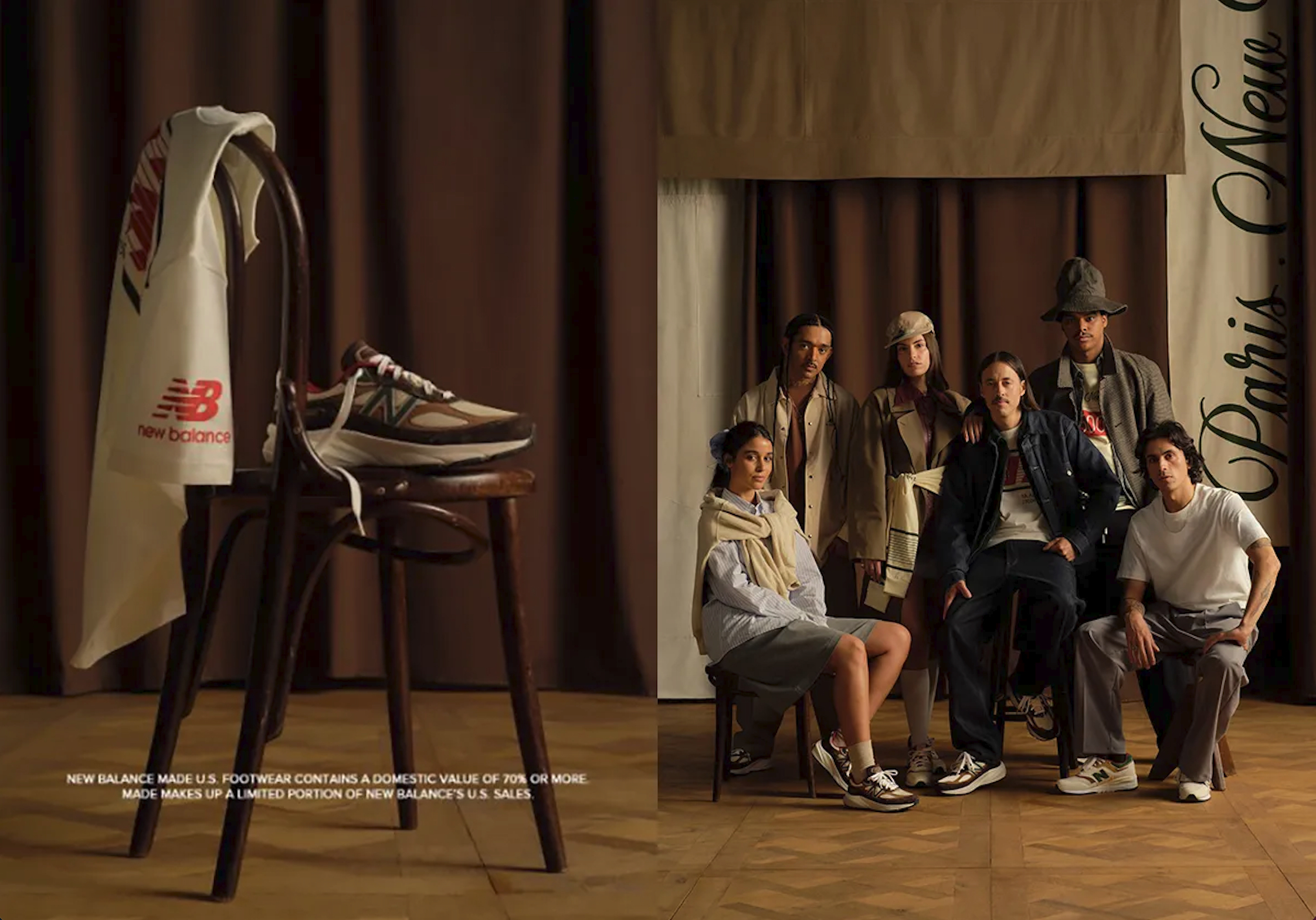

Need to know
Over the past decade, globalisation has been a leading force for retailers and their supply chains; however, heritage and provenance are seeing a renaissance as patriotism and more considered choices become top of people’s priority lists.
Opportunity
As detailed in the 2026 Retail Forecast, fracturing global trade and new currents of geopolitical protectionism are creating more urgency for businesses to evaluate their total supply chain with an eye for resiliency. At the same time, rising interest in hyperlocalism and other macro drivers is putting more pressure on brands to focus on a new iteration of community-based retail that appeals to the growing demand for cultural confidence and heritage. Look to the guo chao movement, initially a response to the “Made in China” stigma prevalent in the West, whose recent dominance signals a movement towards national pride within China.
President Trump’s trade tactics in the US have raised the spectre of new tariffs that could drastically reshape global sourcing strategies, requiring brands to manage the prospect of hefty charges to import goods made outside the US into the world’s largest apparel market. In addition, European regulations intended to improve the retail industry’s treatment of workers and reduce its environmental footprint could exacerbate an already strained sector. As we move towards a world that is both protective and open, opportunity will lie in maintaining a sense of interconnectedness and resilience while propping up domestic production.
Strategies:
Build for supply chain resiliency: reinstate manufacturing innovation and invest in comprehensive supply chain vulnerability stress testing as geopolitical tensions deepen
Anticipate a ‘made in’ resurgence: tap into the rise of patriotism and cultural confidence by designing products and services that spotlight and celebrate your brand’s heritage
De-stigmatise your manufacturing process: respond to the paradigm shift where knowing about manufacturing and provenance is the new status symbol
Brace for the soft-power surge: take note of East and Southeast Asia’s rising cultural influence by integrating your brand into new spaces and markets
Position yourself as a community tastemaker: build local relevance with consumers by extending your store as a third-space



Build for supply chain resiliency
Covid-era shocks exposed the risk of full supply chain globalisation and continued geopolitical turmoil fuelled by additional protective strategies. Amid looming tariffs, brands will see this as a much longer-term trend, greater than the shock from any one event.
Strategies:
Geopolitics are shifting rapidly and will require comprehensive supply chain vulnerability stress testing. In situations of ambiguity (which products will be subject to tariffs, for how long and at what level?), brands will find greater success by developing strategic and risk-based options rather than simply defaulting to reactionary responses
Move beyond the surface level to understand first-, second- and third-tier suppliers’ exposure to potential and retaliatory tariffs. Examine the complexity and geography of each step in your manufacturing process, such as mapping goods’ countries of origin and total landed costs, to estimate the potential effects of tariffs
Invest in scenario planning to cover potential impacts on production and delivery, including disruption of critical inputs, changes in cost and whether manufacturers can absorb added costs. In addition, scenario planning can include potential retaliatory tariffs
Reinstate manufacturing innovation and revert to celebrating provenience over productivity. The implications of both tariffs and the end of de minimis could be far-reaching for e-commerce. For brands taking a cue from the SHEINs and Temus of retail, restrictions on de minimis threaten their ‘direct from China’ business model (see the rise of Amazon Haul, for example). Look to Walmart, which announced a $350bn commitment to buying products made, grown or assembled in the US through 2030
Accelerate just-in-time (JIT) and made-to-order manufacturing. This will not only aid businesses in responding faster to local market changes more quickly across specific areas or locations but will help give consumers a sense of control and reduce anxiety arising from trade tensions
Lean into your archives and amp up investment in re-commerce as more products become subject to the new tariffs, but also as an opportunity to appeal to price-sensitive consumers

Retailers must prepare for a retaliatory trade environment. While a 10% tariff on goods from China is smaller than what Trump had pledged before taking office, uncertainty about how long it will last and for which other countries it will be implemented will spur a ripple effect across industries. China, for example, has since countered with 15% tariffs on a number of US imports, including farm machinery and coal

During the first week of February, the term “tariffs” saw a 2,400% bump in Google searches, reaching a 21-year high in weekly searches — even surpassing Taylor Swift as the top search (CNN)

To overcome tariff risks, retailer YETI is diversifying its supply chain, aiming to reduce its dependence on China. By the end of 2024, it planned to have 20% of its global drinkware capacity located outside China, with a target of 50% by the end of 2025

Fashion retailer Everywhere Apparel (US) makes garments out of post-industrial textile waste, designing concert merchandise for artists like Chappell Roan and Wilco, as well as recycled products for Coach’s Coachtopia initiative
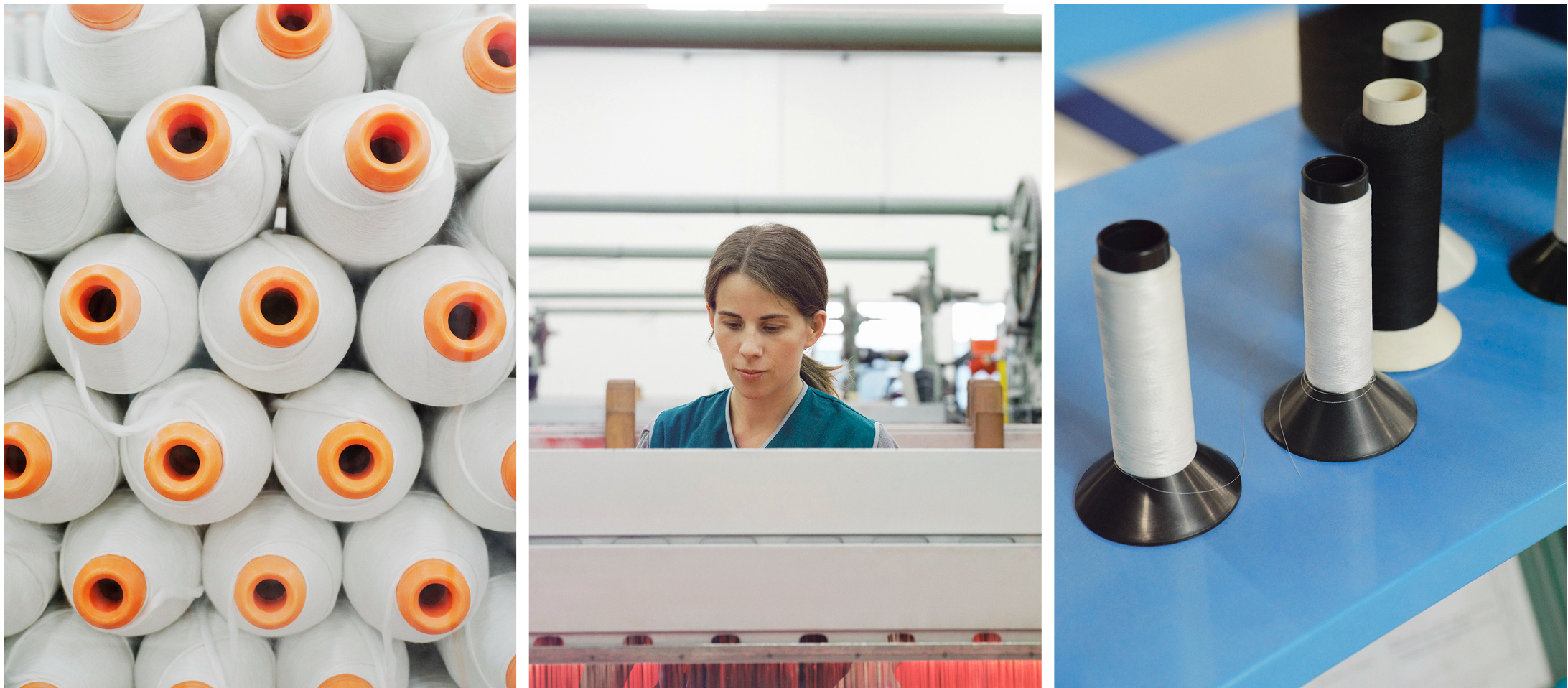
Zara is a pioneer of JIT manufacturing, which aims for a state of zero inventory by producing only as much as needed. Key to its supply chain strategy is investing in in-house production and factories near its headquarters in Galicia, Spain, enhancing oversight and minimising the risk of delays and inefficiencies

Only a few days following Trump’s de minimis suspension, users opening the Temu app in the US will now see nearly every product has a green sticker below its image that says “local”, meaning the item is warehoused and sourced in the US

Rodinia’s (Denmark) made-to-order micro-factory alternative challenges the trade-off between ultra-fast production and sustainability. The process is entirely waterless, while nearshoring reduces CO2 emissions from transportation

US footwear retailer Steve Madden plans to reduce goods sourced from China by between 40-45% over the next year, shifting production to Cambodia, Vietnam, Mexico and Brazil (CNN/WDSU)
Anticipate a ‘made in’ resurgence
While brands re-evaluate their supply chains to ensure greater control, a renewed focus on culture and craft will emerge. Connect with shoppers who are increasingly defining their identity in terms of their local roots: 57% of global consumers would like their country to be like it was in the past (Ipsos).
Strategies:
Craft a cultural halo around your design process. Growing disillusionment with globalised manufacturing and the ambiguity of specialism is fuelling the revival of creatives and craft traditions. As the zeitgeist looks inward for inspiration, brands must infuse storytelling, merchandising and store design with a deep sense of localism
Capitalise on ‘made in’ country-of-origin labels to signal transparency and quality. Amid polarised consumption, increased competition and accelerated trend cycles, highlighting a brand’s heritage or history will be a major advantage in establishing trust across generations
Protect, preserve and sustain artisanal craftsmanship and handiwork skills to future-proof craftsmanship. Businesses must address and prioritise worker standards as consumers are increasingly interested in employee working conditions and will spend more with retailers that care for staff in their communities and worldwide. A 2023 report by the International Homewares Association found that 82% of consumers said their purchase decisions are influenced by how brands treat employees
Lean into the rise of patriotic aesthetics and appeal to a growing number of consumers looking to showcase national pride. In China, this is being played out through cultural preservation via educational collaborations with cultural institutions helping build and rebuild rural areas and forgotten heritage towns. In the US, the Western revival has brought Texas boot manufacturer Lucchese to international prominence, while Ralph Lauren continues to engage in collections and campaigns that hark back to elements of traditional Americana
Draw in culturally hungry consumers through aspirational initiatives such as brand exhibitions and cultural events that spotlight and celebrate your brand’s heritage
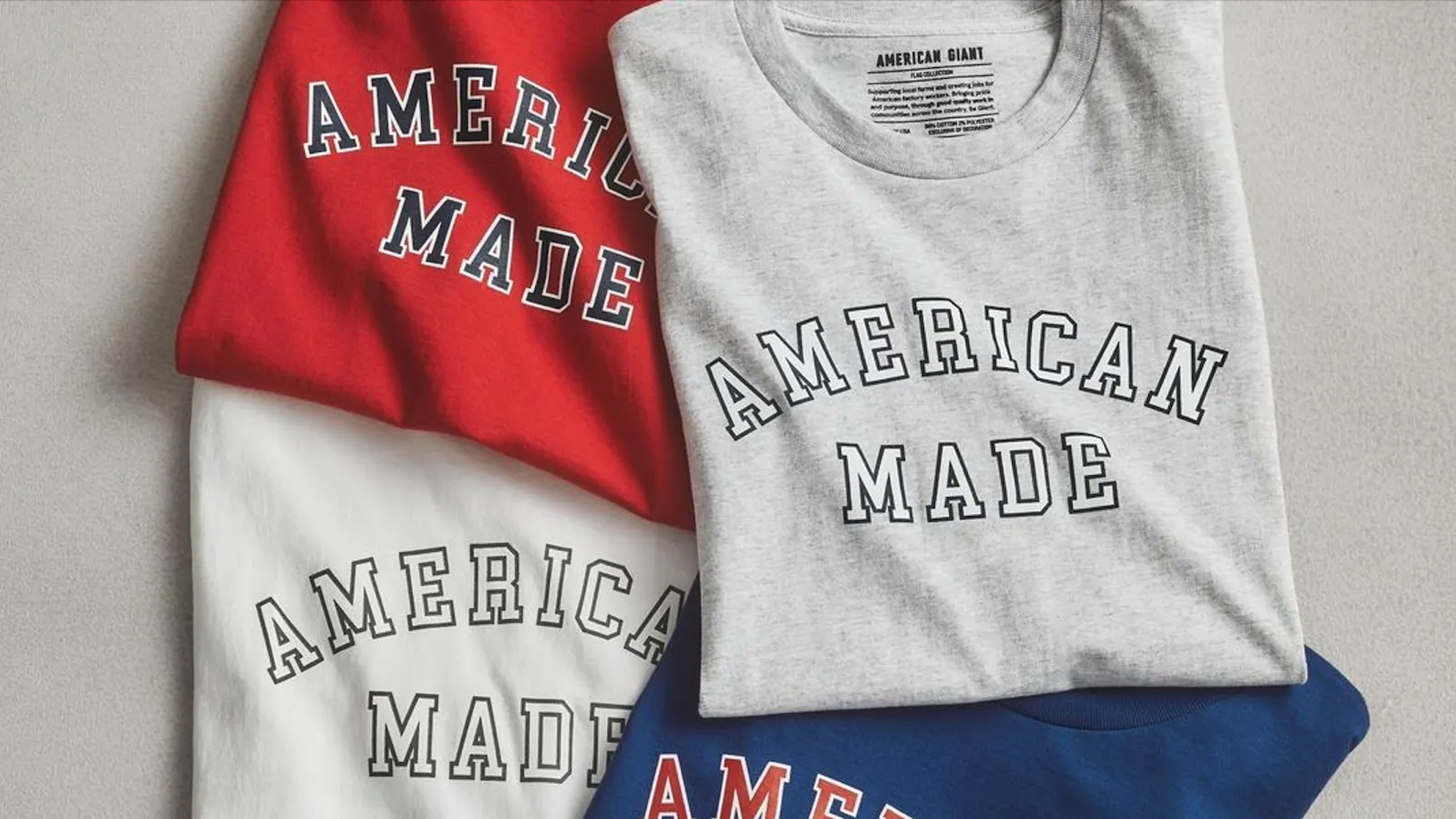
Without skilled craftspeople, ‘made in’ is simply a label. The amount of skilled labour in the US fashion industry is dropping: US employment at manufacturers of textiles, textile products and apparel stood at 266,200 people in August 2024, down from 1.2 million in August 1999 (WSJ)

Louis Vuitton engages in regular partnerships with the French government and tourism board, most prevalent during the 2024 Paris Olympics opening ceremony. During the event, it showcased its iconic trunks – a key archival piece for the brand – helping it engineer cultural buzz during a major global event

New Balance (US) aims to show that ‘made in the US’ doesn’t need to appeal to just Americans. In July 2024, the sneaker brand launched its MADE in the USA capsule, available exclusively in Paris

UK luxury brand Mulberry is doubling down on its ‘made in the UK’ relevance (50% of its bags are produced in Somerset, UK) to appeal to its archetype customer: a British woman aged 45-55 who connected with the brand around 15 years ago
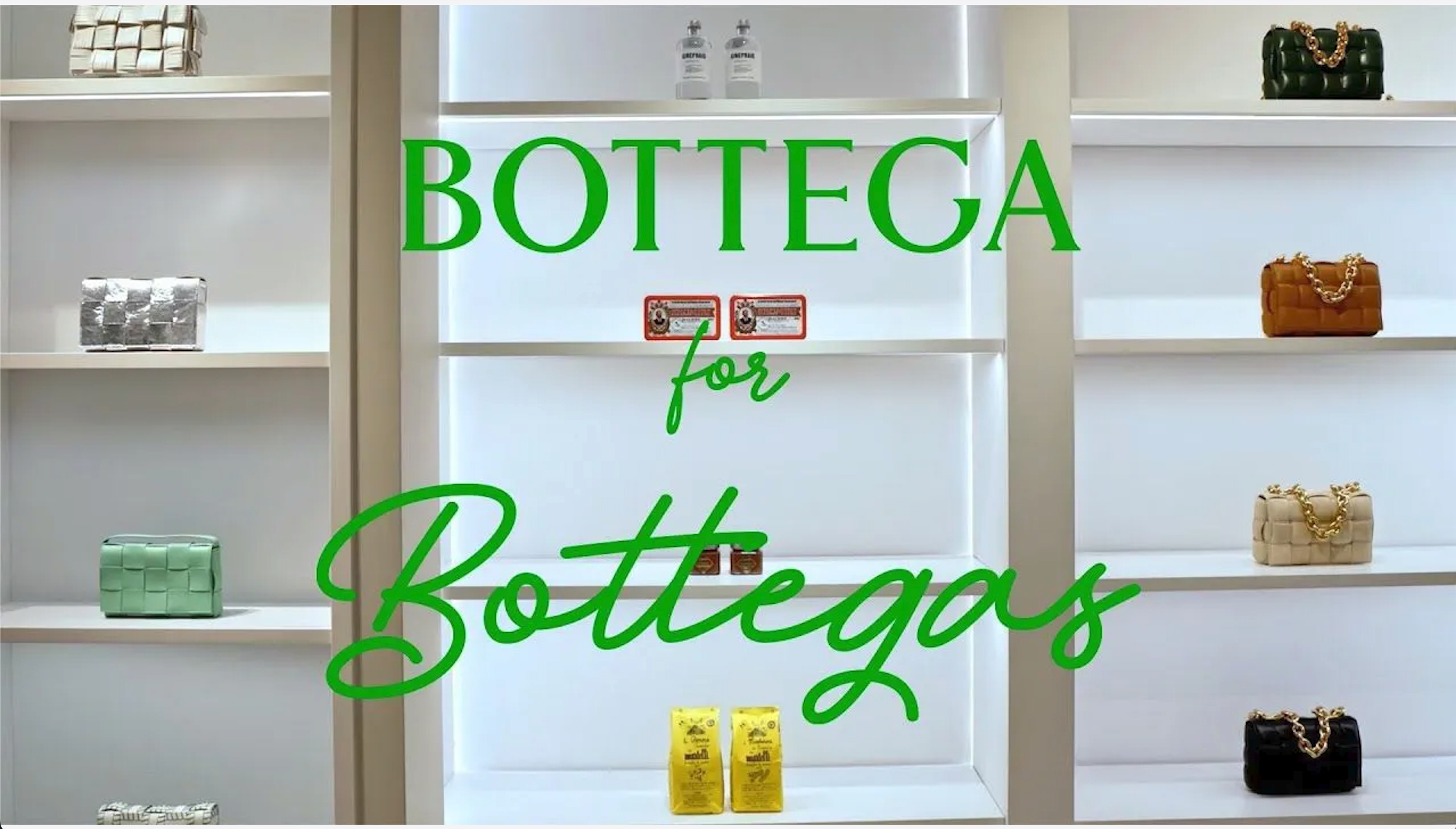
For the fourth consecutive year, Bottega Veneta (Italy) unveiled Bottega for Bottegas, a seasonal showcase to promote craftsmanship. The initiative featured designs that show off Venetian history and culture, which have shaped the house down to its name (Bottega Veneta means ‘Venetian artisanal workshop’). In addition, it opened the Accademia Labor et Ingenium, which is a school to preserve and promote craft among Italian youth

Walmart partnered with American Giant (US) to produce a capsule, launched on 4 July. It uses cotton grown in the southeastern US, with sewing done in the Carolinas and California

Fine jewellery brand Qeelin (China) partnered with Dunhuang Academy to spearhead research and conservation initiatives aimed at ensuring the legacy of the area’s historical treasures, and continued to honour Chinese traditions and aesthetics by designing pieces inspired by art in the Dunhuang region

Sneaker brand Veja (France) released the Aegean Project, a line produced in Portugal that is “made in Europe, sold in Europe”. The project is specifically focused on ramping up the European supply chain, with a focus on quality assurance and transparency
De-stigmatise your manufacturing process
Savvy retailers are turning their supply chain transparency into a competitive advantage, making their sourcing and sustainability practices as visible as their price tags.
Strategies:
Responding to the paradigm shift in fashion, knowing about manufacturing and provenance is becoming a new status symbol. Look to the rise of creator and former streetwear brand owner Will Lasry, who went viral after posting a video on the mill where Supreme makes its hoodies, with an account that now has over 5.6m likes
Consider opening up your distribution centre, factory or workspace to the public, turning them into destinations for transparency and community-building to establish a more reciprocal relationship with consumers
Digitise the history and story behind your supply chain. Blockchain technology, digital IDs and QR codes are all key areas retailers should embrace to honour their design process while also inviting new customers into their brand universe
Appeal to Gen Z’s desire for knowledge, community and craft by demystifying your manufacturing process through mentorship and education. In addition, shoppers are increasingly seeking transparency and will expect complete visibility of your entire production process, from sourcing and ingredients to materials and labour
Accelerate the shift towards socially connected manufacturing by building open-source networks to increase your innovation capabilities and better anticipate opportunities in new markets

PUMA’s #KnowYourStuff series is fronted by Indian actress and sustainability activist Aishwarya Sharma, one of its global Re-Generation ambassadors working on improving the way the brand communicates sustainability issues to its audience

Fashion retailer Sandro details the suppliers involved at every stage of the production chain, with this information accessible on the product page online or by scanning a QR code on the product’s label


Helping close the understanding gap between design and production, ECCO Leather invited external designers to experiment in its factories and leather studios. The initiative was part of a long-term collaboration with global design creative network 1 Granary

Beverage brand AriZona will open a new 1 million sq-ft headquarters, AriZonaLand, in 2025. The facility will showcase the brand’s heritage and offer visitors factory tours highlighting the bottling process, its history and its iconic 99c price tag
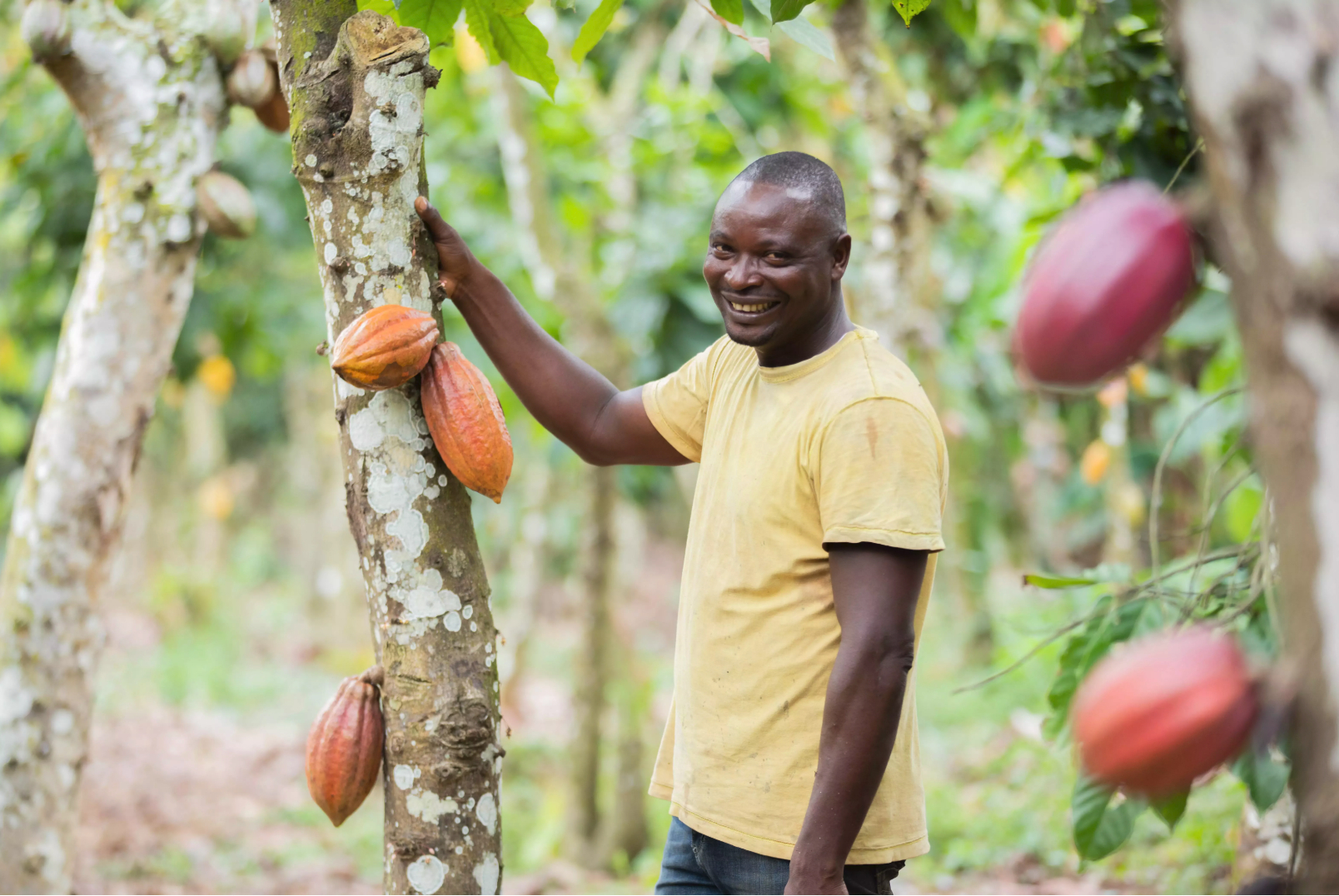
Nestlé’s UK-made chocolate, including brands KitKat and Aero, is produced with fully traceable cocoa ingredients sourced from farmers engaged in its income accelerator programme
Brace for the soft-power surge
The knock-on effects of globalised supply chains have shifted the balance of power away from brands in favour of manufacturers, fuelling the rise of soft power. Anticipate new contenders such as Thailand and India to emerge as hotspots for cultural influence.
Strategies:
Soft power is a nation’s ability to influence the preferences and behaviours of others via attraction and persuasion rather than coercion, and it is emerging as a key opportunity for retailers to drive growth in new markets and redefine their offerings. Look to Thailand, which launched an exhibition, Driving the Thai Economy with Soft Power, which will influence art, music, cuisine and hospitality, spotlighting the power of local culture around the world in the years ahead
As mainstream culture becomes defined from within APAC rather than traditional West to East flows, brands must continue to harness regionality and invest in hyperlocalism that places power and creative control with local partners. Brands must develop deep cultural awareness and demonstrate cultural sensitivity and nuance to the new markets they’re targeting
Pay attention to Saudi Arabia, where the government’s Vision 2030 programme aims for economic, social and cultural diversification, realised through contemporary events like Fashion Weeks that draw young, affluent crowds
Target emerging retail hotspots in Southeast Asia by designing soft-selling environments, providing a dopamine release to drive happiness, entertainment and fun
Capitalise on the rising influence of regional entertainment, particularly the emerging T-wave (from Thailand) and C-wave (from China) alongside Korea’s established K-wave. Craft exclusive experiences and merchandise for these groups, including early access to drops and pop-ups, extra freebies and accessories and bundles for stans (the most hardcore cult fans)
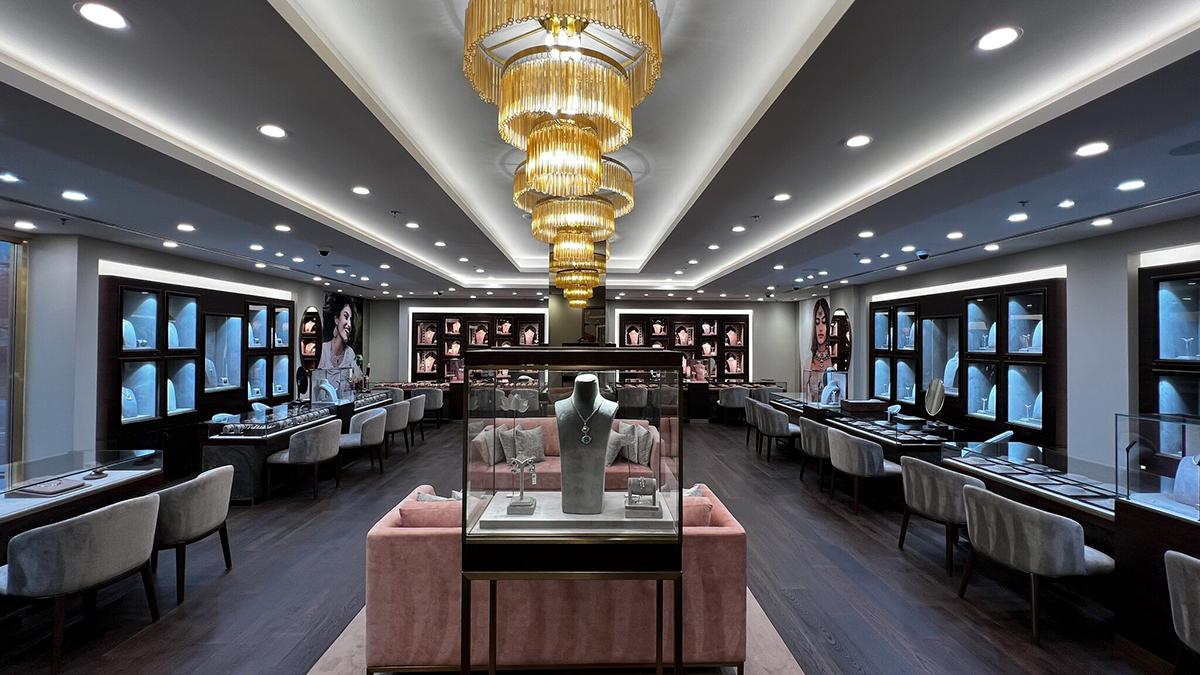
Indian jewellery brand Tanishq opened two new stores in Texas (which has the second-largest Indian diaspora in the US) in November 2023 as part of its expansion strategy

Chinese drink chain HEYTEA has expanded by choosing central locations in neighbourhoods and developments in global cities with large Chinese communities, including London’s Chinatown and Swanston Street in Melbourne’s CBD

Bangkok’s ICONSIAM mall hosted the first Southeast Asian pop-up exhibition, Dream Vibe, for K-pop group NCT Dream in January. The interactive space immersed visitors in “the world of NCT Dream,” where fans could buy Bangkok-exclusive merchandise and DIY keyrings
Position yourself as a community tastemaker
While retailers have long experimented with local retail, they must go beyond traditional formats to serve as anchors of certainty and community amid global upheaval and a youth loneliness crisis.
Engineer ‘meet-cute’ spaces – a new iteration of community-focused retail that appeals to the demand for social and interest-based activities. Offer ‘meet zones’ via contemplative corners, cafes and reading nooks that enable moments of socialisation
Lean into members-only services, OIYK (only if you know) merch or product ‘Easter eggs’ to offer fresh ways for people to discover and experience items. As viral products and stores become more accessible via social media, it’s never been more important for consumers and brands to be part of a community. However, amid this, there’s a counter-movement rooted in keeping local nuance firmly off the social media grid, making it essential for brands to show up authentically in these spaces
Embed glimmers into retail spaces through comforting design, mindful layouts and merchandising strategies that offer a journey of self-exploration. Amid a loneliness epidemic, it will be critical for retailers to create spaces that help people feel a sense of belonging, camaraderie and joy
Listen to customer insights by leaning into niche communities to understand their passions and behaviours. Offer meaningful tailored experiences, exclusive events or early access to product drops

Newly opened retail store House of Darwin (Australia) uses the emotive power of colour to spark joy — an initiative that further strengthens its commitment to bringing positive change and improves the lives of individuals and communities in the Northern Territory, where it is located

Paris-based fashion retailer Alaïa opened a bookstore and cafe on the second floor of its store on London’s New Bond Street, serving as a cultural hangout and hub for book enthusiasts and featuring rare titles from across the arts

Tech retailer DJI (China) has revamped its Pearl River Delta store in Shenzhen, China, to create a third space for tech enthusiasts in the region, featuring workspaces, product testing zones, conversational nooks and an art gallery

The power of communities is further evidenced by the rise of hyper-local meme accounts that relate to specific areas. Instagram account @Real_Housewives_of_Clapton, from Hackney, London, has become popular, resonating with the community’s culture. This has led retailers to seek partnerships that tap into the residents’ taste preferences, such as Perello olives
